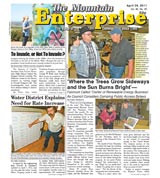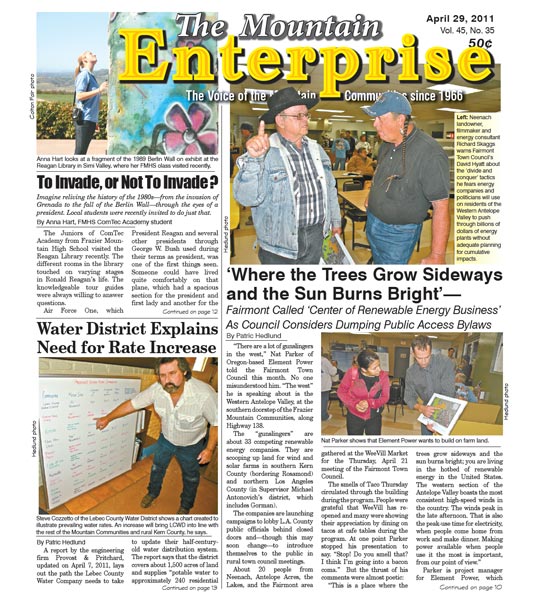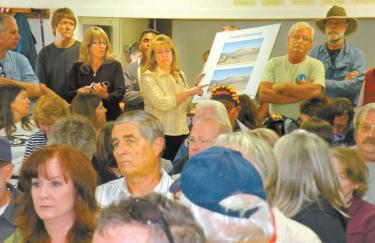
Image 1 of 5
About 150 Western Antelope Valley residents came with questions to The Lake Community Center meeting with NextEra Energy Resources April 2.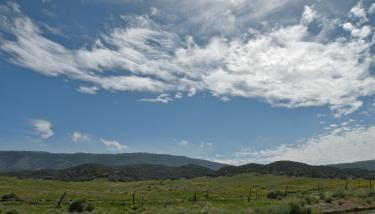
Image 2 of 5
Wide open landscapes such as these are what residents don’t want to see diced into fenced solar and wind compounds surrounded by 8-foot fences.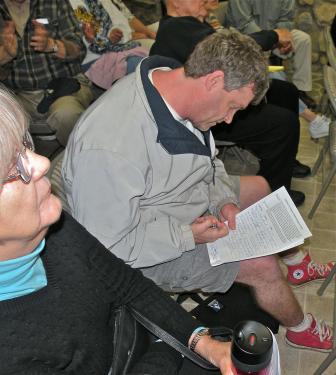
Image 3 of 5
Top left: a petition circulated at the Lakes Town Council meeting to reject placement of towers to study winds.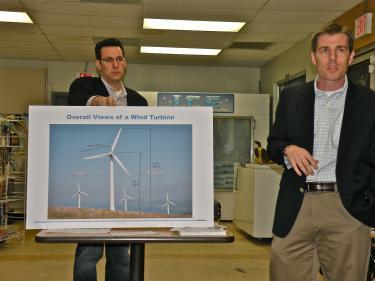
Image 4 of 5
NextEra's wind turbines are shown in this photo presented by the company to the Fairmont Town Council. The illustration gives a vertical measurement of 492 feet at its fully in its fully extended position.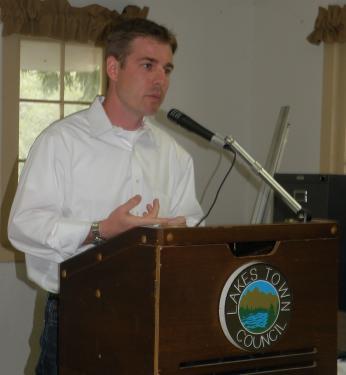
Image 5 of 5
NextEra Energy Resoruces Project Manager Cliff Graham at the Lakes Town Council on April 2, 2011.
Part Two: Lights, Fire and Dreams
Photos and report by Patric Hedlund
Hospitality among neighbors warmed the Lakes Community Center building at 8:30 a.m. April 2. Coffee, cake and cookies were offered in a jovial atmosphere as people filled the chairs and then more found places to stand at the back and around the sides of the pleasant room.
Bob Large, president of Lakes Town Council, said 15 people is usually considered a crowd at their meetings. On April 2 there were 10 times that number. More than 150 Western Antelope Valley residents pressed in to hear from Cliff Graham, project manager for NextEra Energy Resources.
His is one of 33 companies known to be buying up land in the Antelope Valley, seeking to lasso a section of the brand new wholesale renewable energy market created by a state mandate. By year 2020, a full 33 percent of the electricity sold in California must be from renewable sources, such a photovoltaic solar and wind turbine farms.
The energy developers and their lobbyists have a headstart on the people who merely grew up in these hills and live their lives under these wide skies. But the residents are quick studies. They are coming to council meetings like this well-prepared with questions, and their love for this land is evident.
“Our nighttimes are very pure,” one man stands to say. A passion for living under dark skies lush with brilliant stars is part of the allure of this area. Several people complain that the flashing lights visible from the Tehachapi wind farms on the other side of the valley “make it feel like we are living next to Las Vegas.” They clearly believe NextEra’s 492- foot turbines are going to bring those same flashing lights—as mandated for safety by the Federal Aviation Administration—next door to their own homes. A young mother says her family has had a lifelong dream of building their family home on their property next to these ridges and wide open skies. She is nearly in tears as she says her family’s dream is being shattered. Another neighbor has researched the problem of wind turbines overheating. He fears that could lead to wildfires in a vulnerable area. There is applause at the persistence of another questioner, who learns that 30 cents of every dollar invested by NextEra is being paid by the taxpayers in this room in the form of government incentives. One bold gentleman said, “why don’t you offer us free electricity to make up for the inconvenience and changes to our lives here?”
Graham has an answer for all the questions: The FAA will require only perimeter lights that will be less intense than the “old style” flashing versions; fires are averted by temperature sensors that shut down overheating turbines; and “I’m just a wholesaler, we don’t have anything to do with billing for retail service,” in response to the “freebie” request.
Nearly all said they are in favor of renewable energy—many already have residential photovoltaic and wind turbine systems— but appeared to agree with Jill Bays from the Transition Habitat Conservancy: “Utility-scale energy farms should be built on already-disturbed fallow farmland, not in existing wildlife habitat.”
This is part of the April 29, 2011 online edition of The Mountain Enterprise.
Have an opinion on this matter? We'd like to hear from you.

